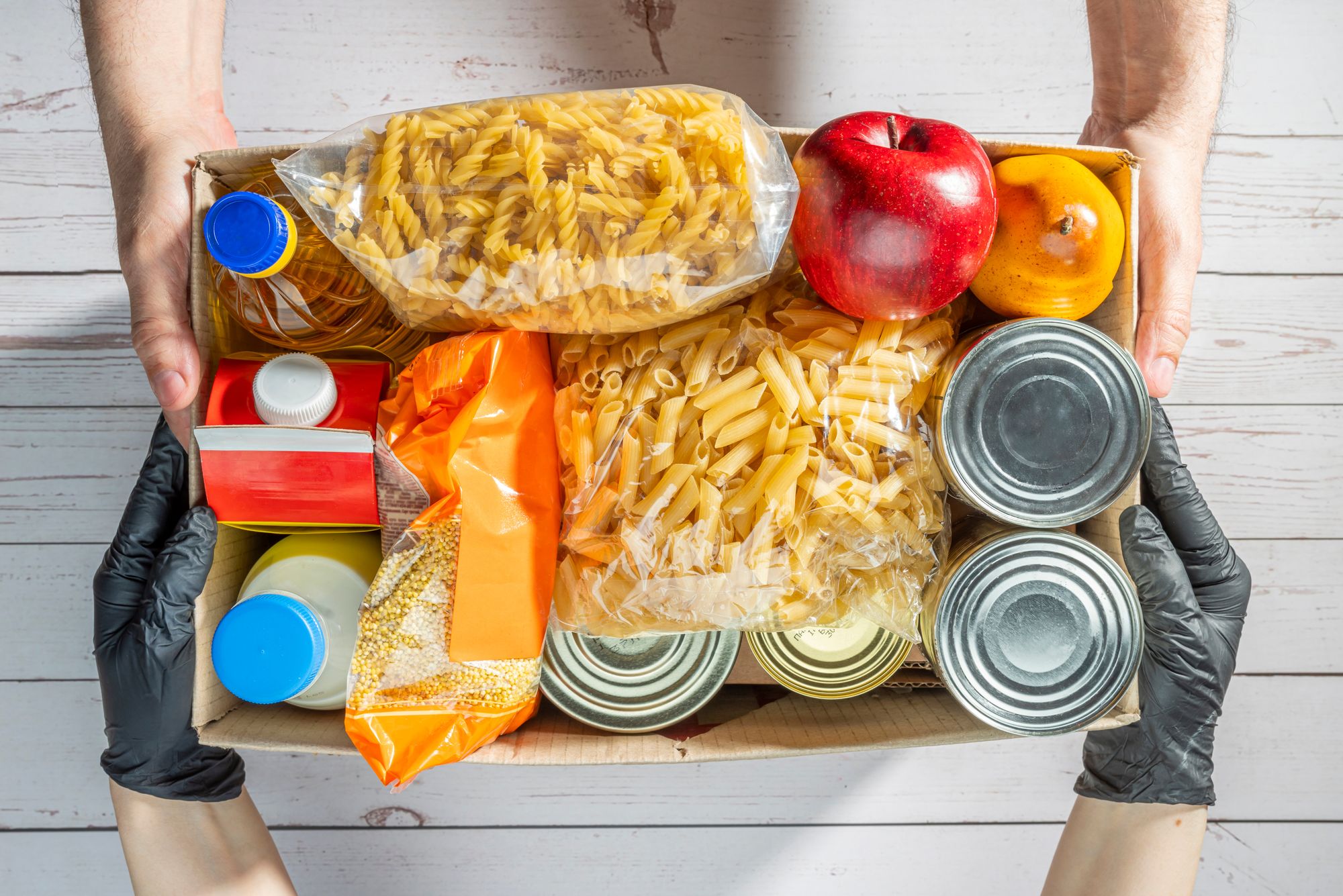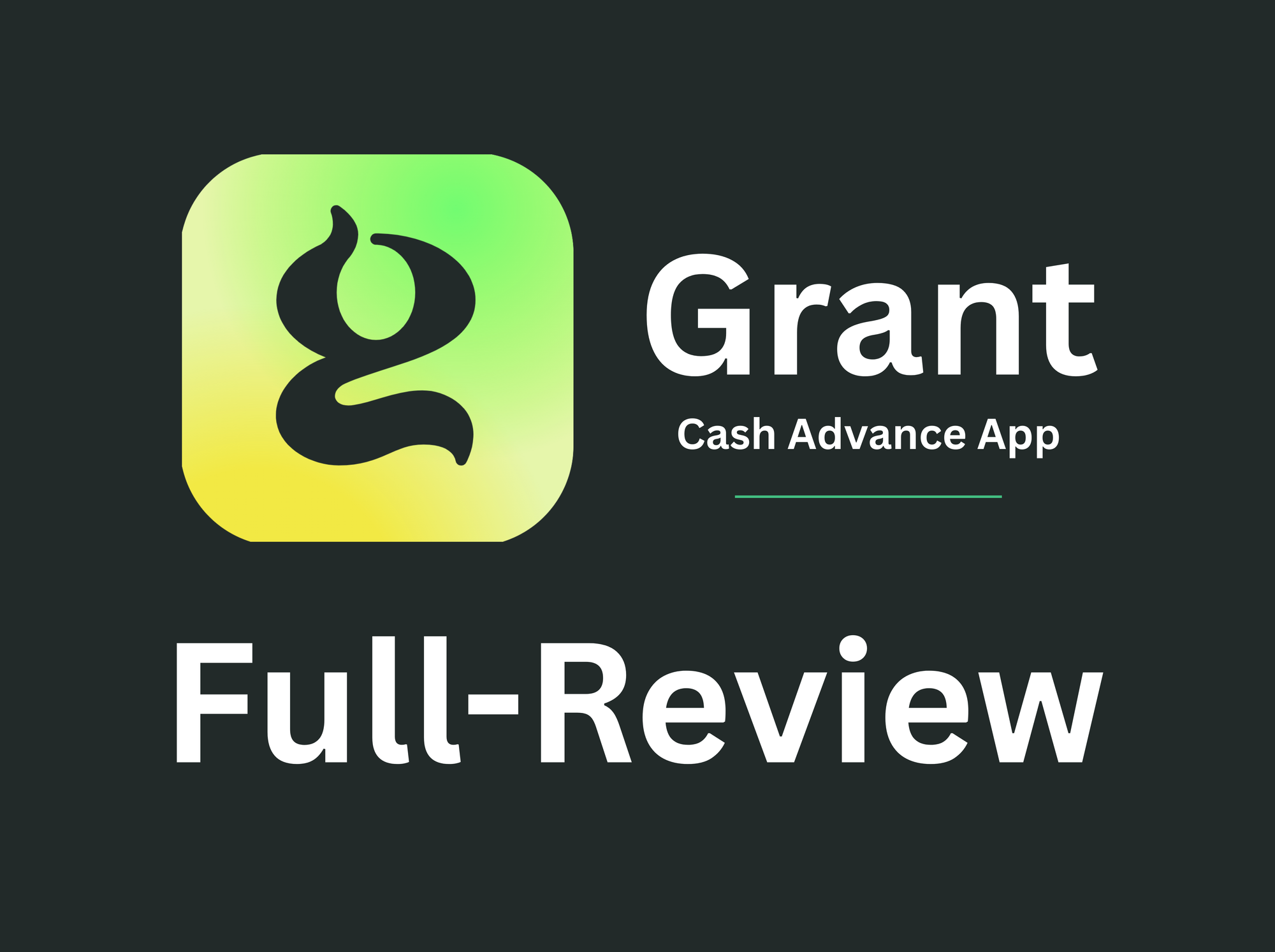24 Tips for How to Get Free Food With No Money
Struggling to afford groceries? Here are 25 proven, legitimate ways to get free food with no money, from food banks to creative online hacks.

Key Takeaways
- There are legitimate ways to get free food. Food banks, community fridges, and church programs provide safe, judgment-free options for anyone in need.
- Technology makes finding free food easier. Apps like Too Good To Go, Olio, and Flashfood connect you with nearby restaurants and stores offering free or discounted surplus meals.
- Local communities are stepping up. From porch food boxes to mutual aid networks, neighbors are creating creative ways to share food and reduce waste.
- Special programs help families, seniors, and veterans. Meals on Wheels, Summer Food Service Programs, and veteran meal assistance can provide consistent support.
- It’s okay to ask for help. Everyone faces tough seasons. Reaching out to local aid programs or volunteering in exchange for meals is a smart, sustainable step.
- Plan ahead when you can. Once stable, build an emergency fund or pantry reserve to stay prepared for future financial challenges.
The cost of living is rising fast, and for many Americans, grocery bills are hitting harder than ever. With the end of emergency EBT benefits and food inflation still outpacing wages, putting food on the table can feel impossible some weeks.
The good news? There are real, safe, and legal ways to get free food when money is tight. Whether you’re between paychecks, dealing with job loss, or facing an unexpected bill, these 25 practical ideas can help you find food and regain some peace of mind, without shame or judgment.
1. Visit a Local Food Bank
Food banks provide free groceries; no income proof or payment required. Many distribute fresh produce, canned goods, and even hygiene items on a daily basis.
Start your search with FeedingAmerica.org, which lists more than 200 community food banks across the U.S.
Tip: Call ahead. Many allow online pre-registration or drive-thru pickups to save time.
2. Find a Community Fridge
Community fridges are public refrigerators stocked by volunteers and restaurants offering free food. You can take what you need, 24/7.
Search “community fridge near me” or visit freedge.org to locate nearby fridges.
Example: Portland’s “PDX Free Fridge” has over a dozen locations; anyone can walk up and grab a meal.
These days, many people are taking the idea even further… putting out porch boxes or small coolers of free food so anyone passing by can take what they need, no questions asked.
3. Check Churches and Nonprofits
Many churches, mosques, and community centers offer weekly or monthly free meal nights or their own food banks. You don’t have to be a member to attend.
These groups often serve warm meals or hand out boxed groceries. Search “free meal church near me” to find events.
4. Use Food Rescue Apps
Apps like Too Good To Go, Olio, and Flashfood connect users with restaurants and grocery stores giving away surplus food.
While some charge a small fee, many offer free bundles of baked goods or produce nearing their “sell by” date.
Olio tip: Use the “Free” filter to see nearby listings from neighbors and cafés.
5. Join Local “Buy Nothing” or “Food Share” Groups
On Facebook and Nextdoor, “Buy Nothing” groups help neighbors give away extras, from unopened snacks to full grocery hauls.
Search: “Buy Nothing [Your City]” or “Food Share [Your Neighborhood]”.
6. Call 211 for Food Assistance
Dialing 211 connects you with local agencies offering food support, meal delivery, or emergency grocery cards.
This hotline is nationwide and confidential. They can also help with rent, utilities, and healthcare referrals.

Get Cash Advances Up to $100 — Instantly
True Finance offers instant cash advances with no interest, no credit check, and funds in minutes.
Available to eligible users only. Terms apply.
7. Access Free School Meals for Kids
Even during summer or breaks, many districts run the Summer Food Service Program, offering free breakfast and lunch.
Check your local school district’s website or USDA’s meal finder.
8. Volunteer at Food Pantries or Events
Volunteers often receive a meal or groceries as part of their shift. Beyond that, volunteering connects you with supportive networks and local resources.
Search “volunteer food pantry near me.” Most shifts are only 2–3 hours.
9. Ask Local Restaurants or Bakeries
Near closing time, restaurants frequently have unsold items they’d rather donate than waste.
Politely ask if they partner with local charities or if they could let you know when food is available. Many small cafés quietly help this way.
10. Visit “Pay What You Can” Cafés
These cafés let customers contribute whatever they can afford or volunteer for their meal.
Search for locations via One World Everybody Eats.
11. Look for Free Food Events
Cities regularly hold food giveaways, from fresh produce boxes to meal kits. These are often announced through city websites, libraries, or local news pages.
Tip: Type “free food distribution near me today” into Google for up-to-date results.
12. Redeem Store Rewards
Many grocery stores (like Kroger, Safeway, and Food Lion) have digital coupons or loyalty points that reset monthly.
Check your app; you may have rewards for free items like bread, milk, or eggs.
13. Visit College or Campus Pantries
If you’re a student, your school likely has an on-campus pantry stocked with nonperishables. Some colleges even allow community access.
Search “[Your College] + food pantry.”
14. Find Pop-Up Food Drives
Nonprofits like No Kid Hungry and local United Ways host free food distributions, especially before holidays.
Follow their social media for event times and locations.
🚗 Compare Car Insurance & Save 🚗
Find your best rate in minutes. Compare quotes from Progressive, Travelers, Nationwide, and 50+ providers — all in one place. Stop overpaying and start saving today.
Get Your Free QuoteFast. Secure. No obligation.
15. Use Senior or Veteran Meal Programs
Programs like Meals on Wheels and DAV Food Assistance deliver hot meals to seniors and veterans.
You can also visit senior centers for free lunches several times a week.
16. Grow or Join a Community Garden
Community gardens often let volunteers take home part of the harvest.
Search “community garden near me” or contact your local parks department.
17. Ask Local Farmers for “Seconds”
Farmers often have imperfect produce they can’t sell, sometimes called “seconds.” Visit a local farmer’s market and ask politely.
Volunteering for a few hours can often get you a basket of fresh fruits or vegetables.
18. Check Mutual Aid Networks
Mutual aid groups (found on Instagram or Reddit) share groceries, gas cards, or cash aid.
Search “mutual aid [your city]” to find donation-based networks near you.
19. Use Cashback & Rebate Apps
Apps like Ibotta, Fetch Rewards, and Rakuten occasionally offer full cashback promotions on food items, meaning they’re free after rebate.
Stack these offers with store coupons for even better results.
20. Ask Utility or Rent Relief Programs About Grocery Cards
When applying for assistance, ask if they include grocery gift cards or food vouchers. Many nonprofits combine multiple supports in one program.
21. Visit Your Local Library or YMCA Bulletin Boards
Libraries often post flyers for upcoming food pantries or community meal nights. YMCA branches sometimes host free family dinners or cooking classes with take-home meals.
22. Get Creative With Leftovers and Food Swaps
If you’re in a community or friend group, host a “leftover swap.” Everyone brings extra items or meals to trade. It cuts waste and fills tables affordably.
23. Attend Local Farmers Market Closings
Vendors often prefer giving away unsold produce rather than packing it up. Visit near closing time and ask if they have extras they’re donating.
24. Reach Out to Local Shelters or Aid Programs
Even if you’re not staying there, shelters often allow community members to share in meal services.
Ask politely; they’re there to help, and compassion is at their core.
Final Thoughts
The economy is unpredictable, and losing EBT or dealing with inflation can make life harder than ever. But there’s no shame in needing help, and there are plenty of ways to find it. Whether through apps, local resources, or community kindness, you can get through this season with support.
Options for Earning Extra Cash
Looking for quick, legitimate ways to make money? Choose a platform below and start earning today.
FAQs
1. How do I get food when I have no money?
Start by checking local food banks, community fridges, or calling 211 for immediate assistance. Many organizations, including churches and city-run programs, offer free groceries or meal boxes, no income proof required. Apps like Too Good To Go and Olio can also help you find free surplus food nearby.
2. How to get free food from DoorDash with no money?
DoorDash occasionally offers new-user promotions or credits that can make your first order free. You can also look for referral bonuses, coupon codes, or cashback apps like Rakuten and Ibotta that partner with DoorDash. While true “free” food isn’t guaranteed, stacking credits and offers can significantly reduce your total.
3. What app offers free food?
Several apps help users get free or discounted food. Too Good To Go, Olio, and Flashfood connect you with nearby restaurants and stores giving away surplus meals. Cashback apps like Ibotta or Fetch Rewards sometimes offer free items through 100% rebates. Always check each app’s “Free” or “Deals” section for current offers.
4. What should I bring to a food pantry?
A reusable bag, photo ID (sometimes optional), and patience; lines can be long, but it’s worth it.
Explore Related Guides
More tips to help you stretch your budget and boost your savings.


